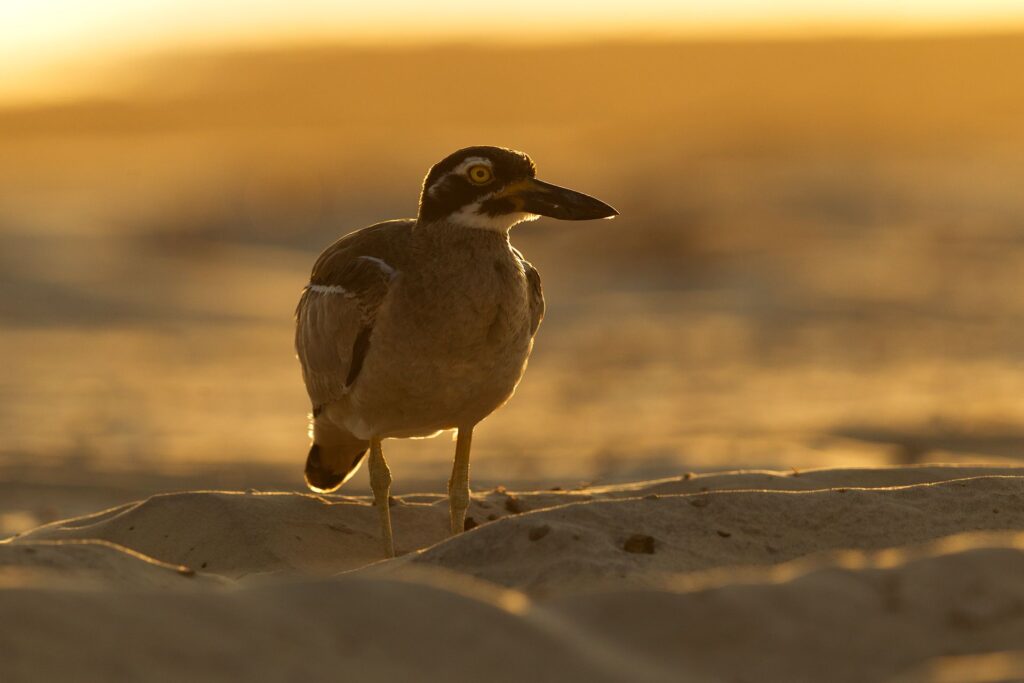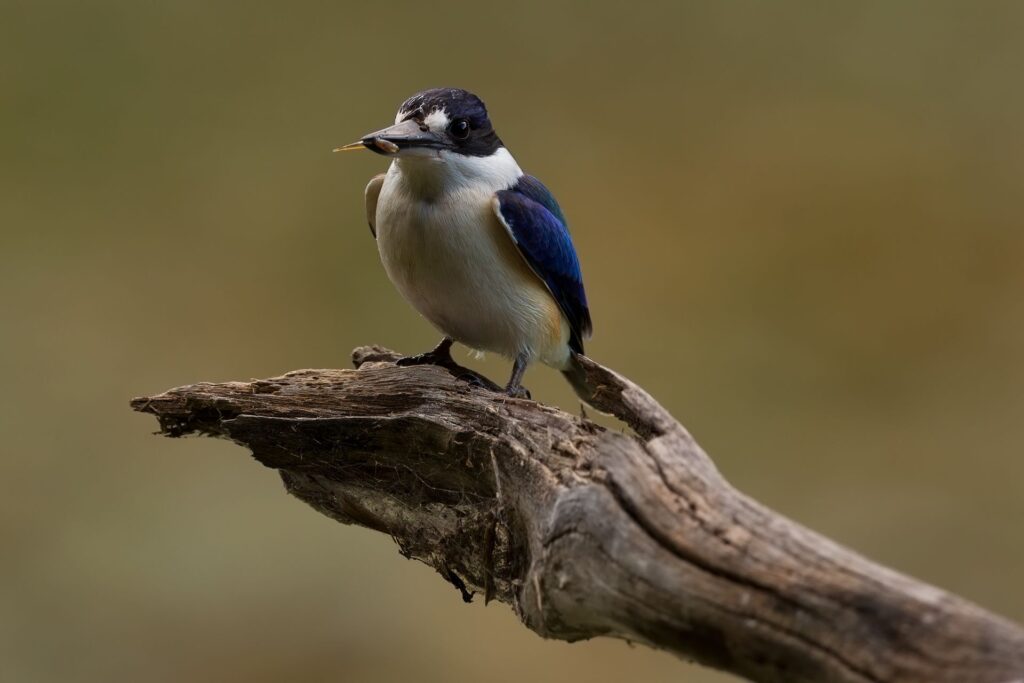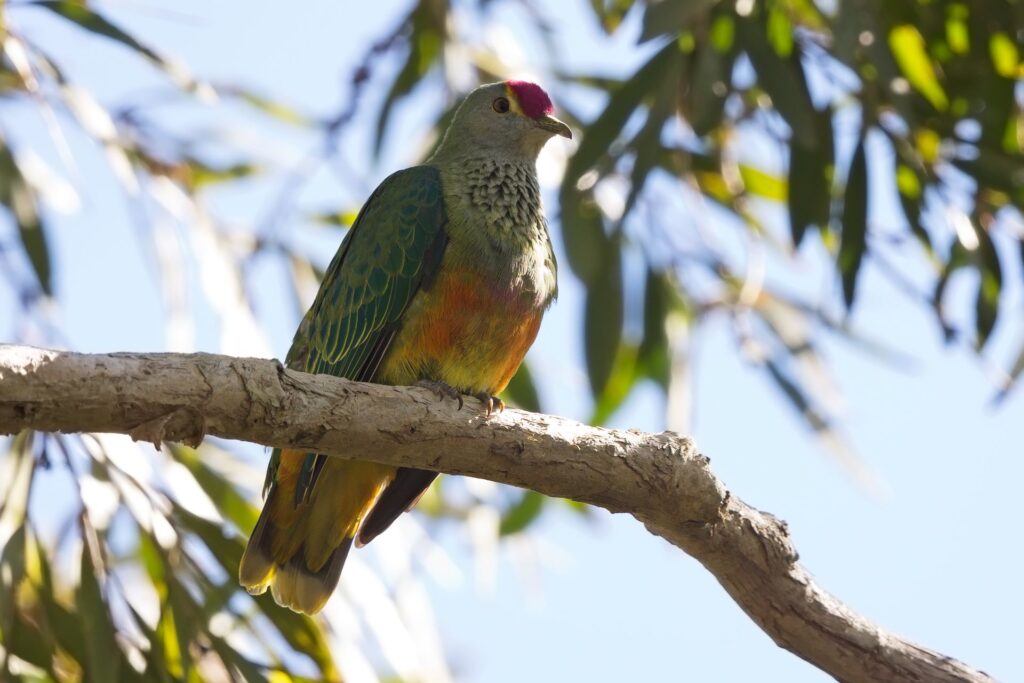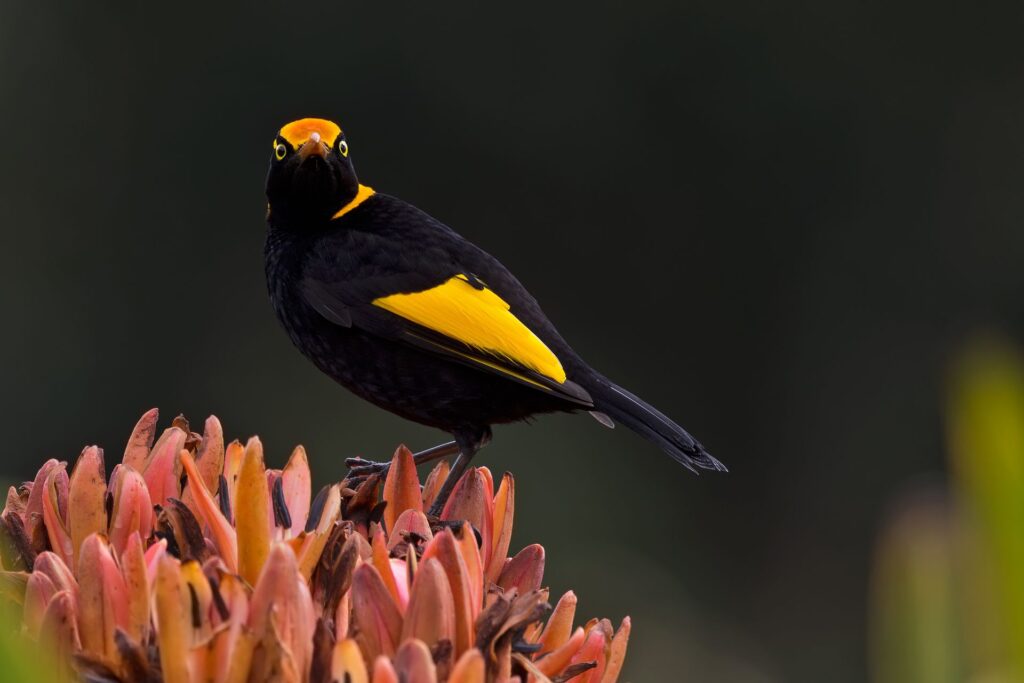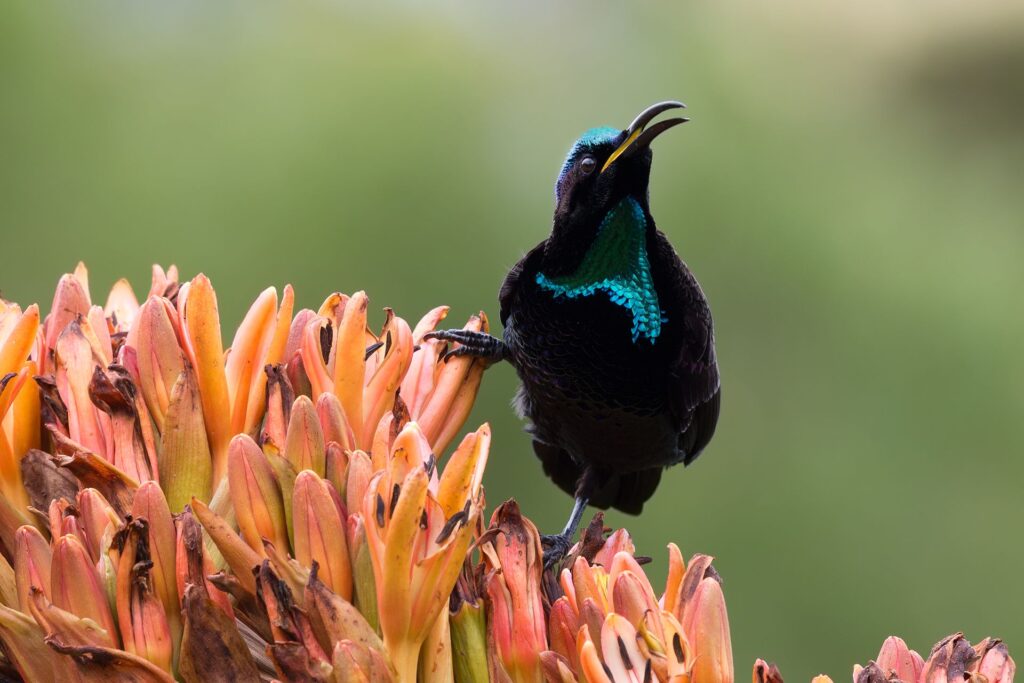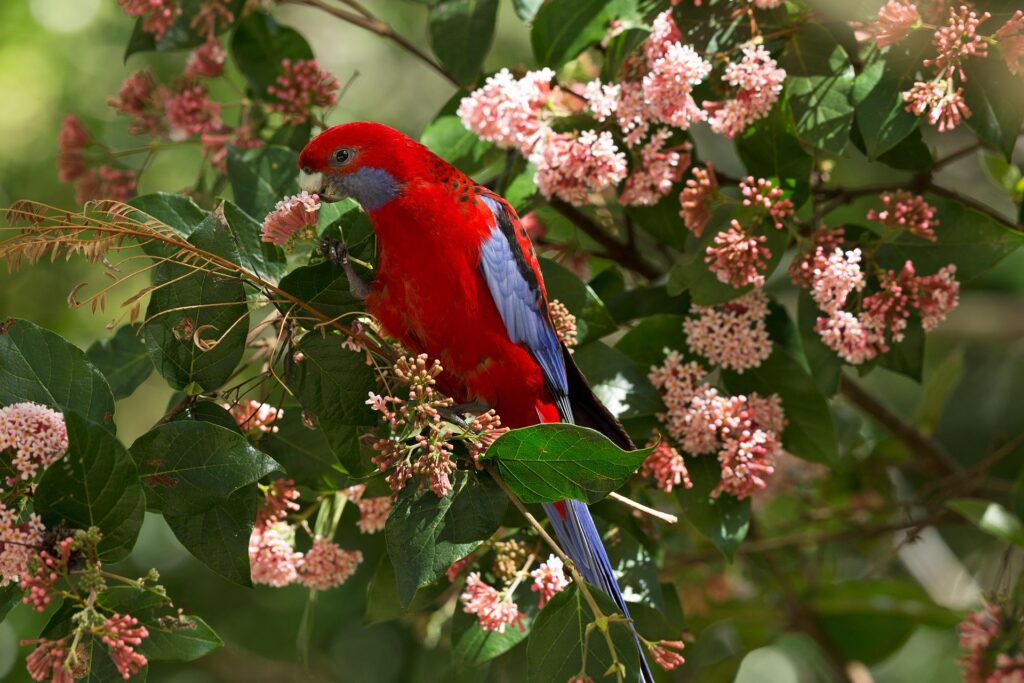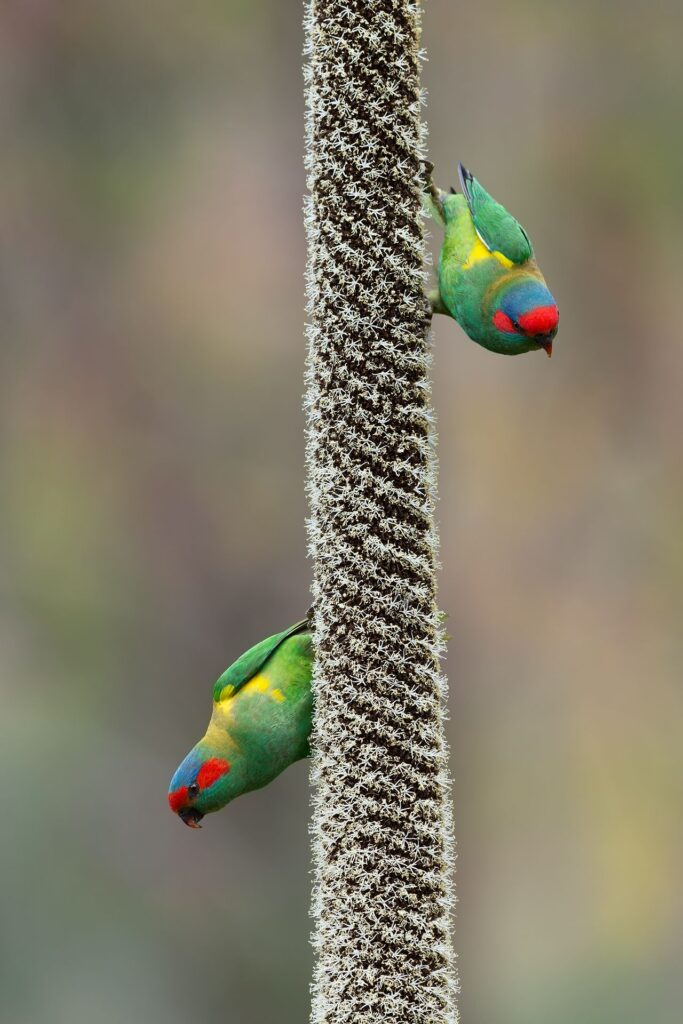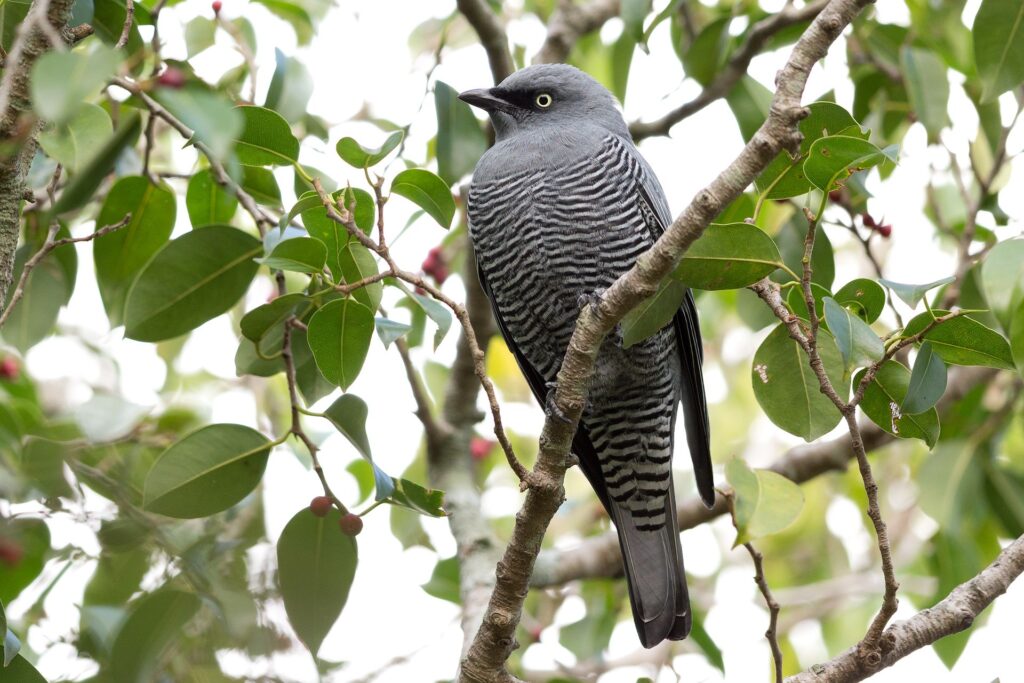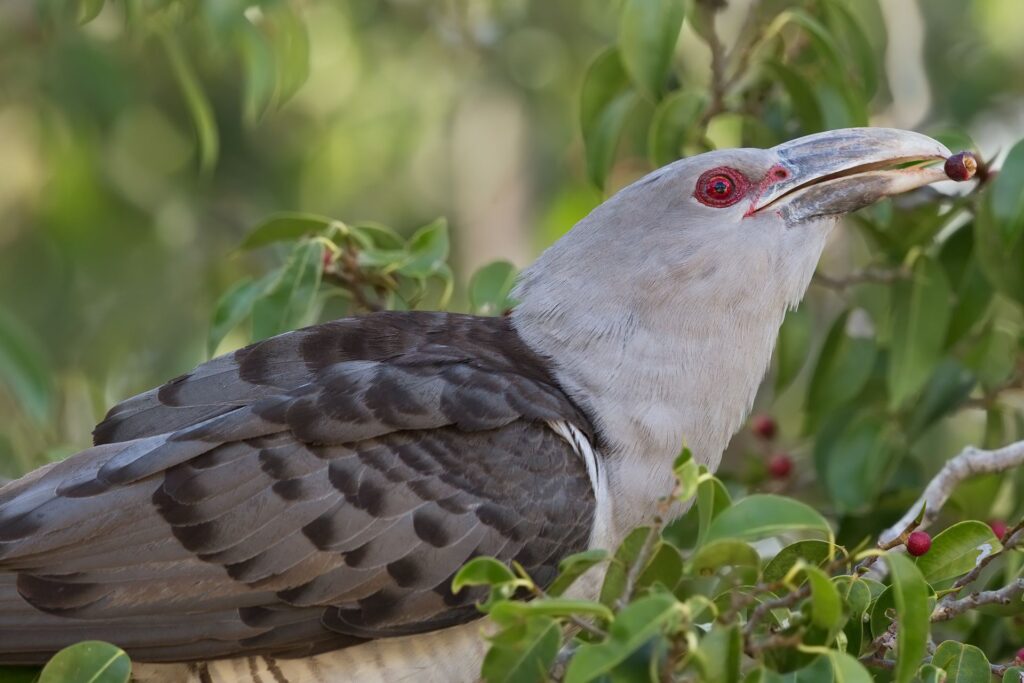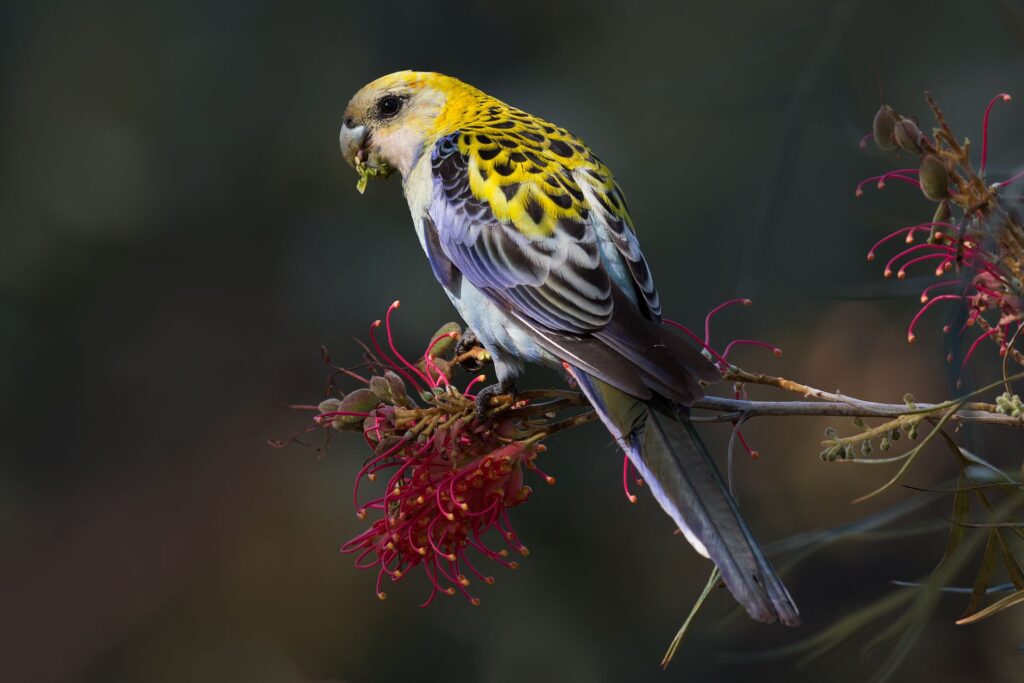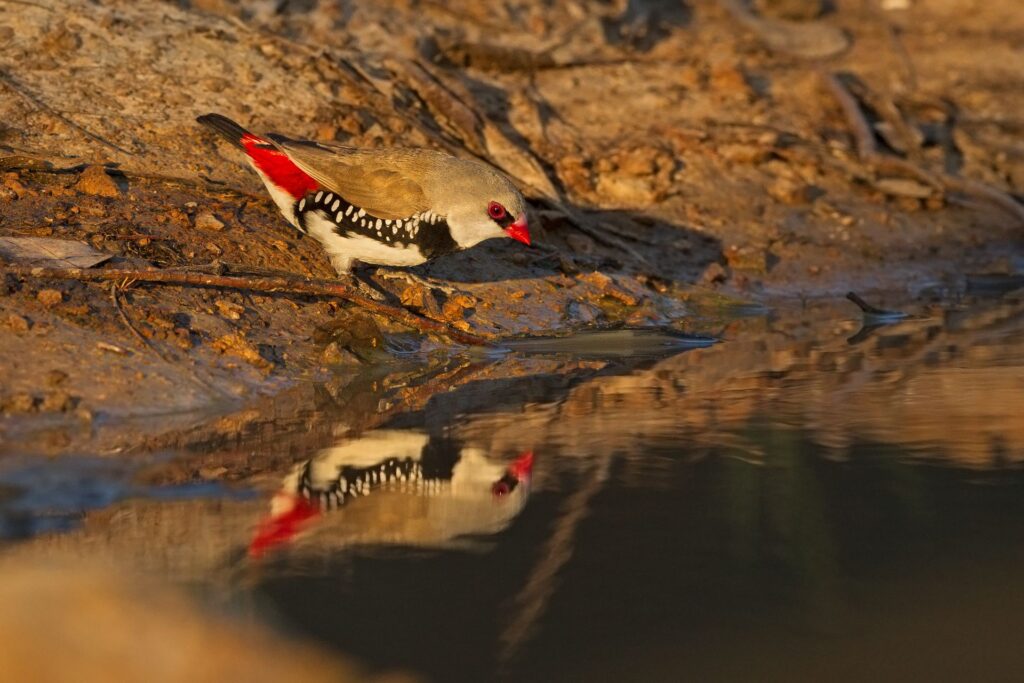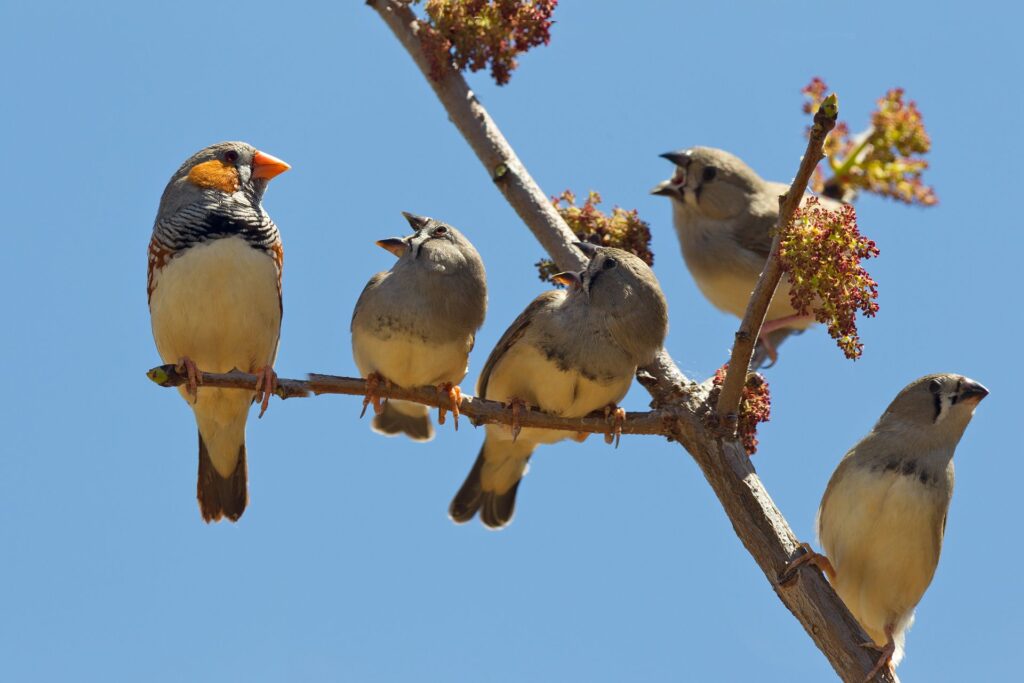Geneva, 17 November, 2020
Kylie Minogue has set new chart records with her latest album “Disco.” She says that recording the vocals at home was “a lifeline” during the lockdown. The petite Australienne becomes the first female artist to have a number one album in the UK in five separate decades. Go, Kylie!

Not many people outside the UK will be familiar with the name Tony Blackburn. Don’t worry! In the mid-late 1970s my summer holiday job was selling ice creams out of a Ford Transit. The van’s roof was a huge fibreglass vanilla cone with a Cadbury’s flake protruding at a racey angle. My ultimate Pavlov-kiddy-drool attractor was a chimed version of Popeye-the-Sailorman and I was quite the boy around the housing estates of my hometown, Norwich. BBC’s Radio One pumped out the songs of the day and Tony Blackburn was the bright young DJ who led the nation’s taste in popular music. I will survive. Don’t go breaking my heart. Boogie nights. Heaven must be missing an angel. Crocdile rock. Stayin’ alive. You’re the first, the last, my everything. Dancing queen. Our Tony peppered his show with jokes such as “What happens when the ducks fly upside down?….They quack up!” and “Why are there no aspirins in the jungle? ….. Because the parrots eat ’em all!” He had the infuriating habit of talking over the songs but the nation forgave him because he seemed like a nice kind of bloke. No surprise that he loves Kylie’s new album. The surprise is that he has revealed a piercing insight into our covid-weary psyches. Whilst admitting he can’t dance – and at 77 years, has no intention of learning – he reckons we will all be so desperate for good times after this dark year that we’ll step back in time and back into the clubs. We’ll be looking for music that makes us really happy and gets us on the dance-floor. Yes, disco is back! I hope he’s right. It was a great era and I like a good tune.
Taking us one step closer to better times is, hopefully, THE Vaccine. We’re all clutching onto this piece of positive news. At last, there is light at the end of the tunnel and, my…. How the tone of things has changed from the doom-laden to the cautiously upbeat. There are of course many issues such as production of the vaccine in sufficient quantities, the logistic challenges, who gets priority treatment and, of course, the cost. There are other broader questions about the implication of a COVID-19 vaccine. When can we stop disctancing and mask-wearing? Will jobs and businesses bounce back? Can we begin to think about taking a holiday overseas? In other words: when will things get back to “normal”? Meantime, we still have a pandemic to manage and there remain many unknowns.

Take a look at a map published by the Swiss authorities of the number of COVID-19 cases per 100,000 population for the different cantons of Switzerland. The darker the colour, the more cases. In the Canton of Geneve where we live (the dark most westward protrusion) nearly 6% of the population have tested positive since 8 June. Ouch! I believe these statistics. It’s the sort of thing the Swiss do with great attention to rules, routine and detail. Surprisingly, the dark areas coincide precisely with the cantons that are French-speaking (and broadly with the major wine-producing cantons!) I’m not really sure what to make of this. To my knowledge, nobody has commented. Anyone out there with an idea?
The USA has more COVID-19 cases than any other country. Using the Johns Hopkins data, I thought it would be interesting to look at something else that has slipped by with little comment; that is the comparison between the USA (now more than 140,000 cases per day) and ….

….. China! The source country – with the world’s largest population – that has barely shown a resurgence and is currently running at less than 100 cases per day.

If the data are to be believed – and I believe they are because it would be difficult to hide millions of affected people from a global media ready to pounce – China has nailed this pandemic through a system of immediate isolation of those infected and strict imposition of social distancing measures. This has been reported in an article entitled “China’s successful control of COVID-19” by Talha Burki in the Lancet. The report makes for interesting and sobering reading for those supporting lockdown. This diplomatic extract says it all: “In China, you have a combination of a population that takes respiratory infections seriously and is willing to adopt non-pharmaceutical interventions, with a government that can put bigger constraints on individual freedoms than would be considered acceptable in most Western countries.” The author adds “Commitment to the greater good is engrained in the culture; there is not the hyper-individualism that characterises parts of the USA.” It seems that tough measures are effective. Those against lockdown should note that the Chinese economy has reportedly bounced back from its early lockdown with growth of 4.9% in the third quarter of the year.
Here we are again: the big political tug o’ war between an effective public health response versus individual freedoms and economic well-being. What is new is that we have a much better idea of what is at stake. We might eventually find that an effective public health response is a precursor to a brisk economic recovery. This does not bode well for the USA where the adoption or not of strict measures has fallen according to pre-existing political fault-lines. “There will be no lockdown! We must keep the economy going!” yells Mr T. When faced with a crisis that affects every human being on the planet, isn’t it possible for our leaders to cooperate with responsible agencies, to act together and just for once to put their own political wumpsy-dumpsy aside? Yeah, I know. Dream on!
Within a few days of the announcement of the Pfizer / BioNTech vaccine, the anti-vaxxers kicked off. I heard one interviewed who said “I don’t trust it. It’s been rushed! I don’t think it’ll be effective!” Over the next months, look out for this crew. Social media has given them a powerful collective voice and they snag politicians easily. I’m always mystified by what people believe, despite the science, and how they claim others believe the same thing. In relation to the widespread belief that planet Earth is flat rather than spherical, I heard that the Flat Earth Society (it really exists!) claims global support.
As I finish up this edition of the COVID Chronicles, Dustin Johnson is tapping in his final putt of the COVID-19-delayed 2020 US Masters. He simply stormed around the wet Augusta National course and away from the rest of the stellar field with a record 20 under par. The event, for once draped in autumn colours, has never before been played without spectators.



